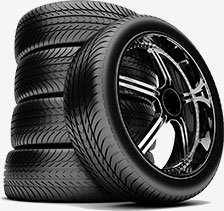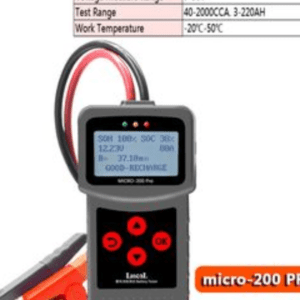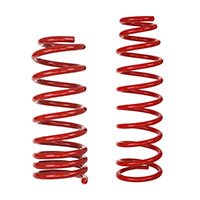Installing New Brake Pad and Rotors
Installing New Brake Pad and Rotors.
Installing new brake pad and rotors is a crucial maintenance task that ensures your vehicle’s braking system functions effectively. This guide provides a step-by-step process to help you carry out this task safely and efficiently.
Tools and Materials Needed:
- Jack stands
- Wheel chocks
- Lug wrench
- Socket wrench
- Brake caliper piston compression tool
- Brake cleaner
- Brake grease
- Anti-seize compound
- New brake pads
- New brake rotors

Front Asimco Break Pad For Camry 2007-2010ttps://kctimoauto.com/product/front-asimco-break-pad-for-camry-2007-2010/ 
Engine and Alternator Belt for Toyota Camry V6https://kctimoauto.com/product/engine-and-alternator-belt-toyota-camry-v6/
Steps:
Safety First:
- Park your vehicle on a level surface and engage the parking brake.
- Use wheel chocks to prevent the vehicle from rolling.
Raise the Vehicle:
- Use a jack to lift the vehicle and place jack stands securely under the frame, not just the axle. Loosen the lug nuts with the lug wrench. Remove the wheel.
- Use a socket wrench to remove the bolts holding the caliper to the bracket.
- Carefully remove the caliper, being mindful of the brake fluid line.
- Use a jack to lift the vehicle and place jack stands securely under the frame, not just the axle. Loosen the lug nuts with the lug wrench. Remove the wheel.
Compress the Brake Caliper Piston:
- Use a brake caliper piston compression tool to push the piston back into the caliper housing. This creates space for the new, thicker brake pads.
Remove the Old Brake Pads and Rotor:
- Remove the old brake pads from the caliper.
- Remove the old brake rotor from the hub.
Clean the Hub and Rotor Mounting Surface:
- Thoroughly clean the hub and rotor mounting surface with brake cleaner to remove any rust, debris, or old brake material.
Install the New Rotor:
- Apply a thin layer of anti-seize compound to the hub.
- Slide the new rotor onto the hub.
- Tighten the lug nuts to the specified torque, but not fully.
- Thoroughly clean the hub and rotor mounting surface with brake cleaner to remove any rust, debris, or old brake material.
Prepare the New Brake Pads:
- Apply a thin layer of brake grease to the backs of the new brake pads and the caliper slide pins.
- Insert the new brake pads into the caliper.
Install the Brake Caliper:
- Slide the caliper over the brake pads and rotor.
- Install the caliper bolts and tighten them to the specified torque.
- Check Brake Fluid Level:
- Check the brake fluid level in the reservoir. If it’s low, add fluid slowly to avoid air bubbles.
- Pump the Brakes:
- Slowly pump the brake pedal several times to engage the new brake pads.
- Re-check Brake Fluid Level:
- After pumping the brakes, re-check the brake fluid level and add more if needed.
- Tighten Lug Nuts:
- Tighten the lug nuts to the specified torque.
- Lower the Vehicle:
- Lower the vehicle and remove the jack stands.
- Test the Brakes:
- Test the brakes gently at first to ensure proper function.
By following these steps, you’ll successfully installing new brake pad and rotors, ensuring your vehicle’s braking system is in excellent working condition. Always refer to your vehicle’s service manual for specific instructions and torque specifications
Important Considerations:
- If you’re unsure about any step, consult a professional mechanic.
- Always wear safety glasses and gloves when working on brakes.
- Use high-quality replacement parts.
- If you notice any unusual noises, vibrations, or spongy brake pedal feel after the installation, have your brakes inspected by a professional.
Visual Guide:
For a visual guide, you can search for “how to replace brake pads and rotors” on YouTube. Many helpful videos can walk you through the process step-by-step.
Remember: Brake safety is paramount. If you’re not confident in your ability to perform this task, it’s always best to have a qualified technician do it for you.






















